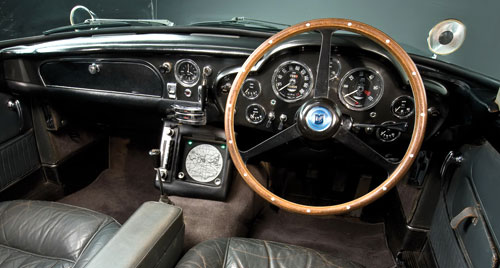Aston Martin V12 Zagato:
A Vantage in a Party Dress

Autoblog reports today on the start of V12 Zagato production at Aston Martin. Not a totally new model so much as a V12 Vantage engine, drivetrain and chassis draped in new sheet metal, the new Zagato is an admirable effort by Aston to produce a car that at least looks somewhat different than their existing offerings. The DB9, DBS and Rapide and Vantage are gorgeous, to be sure, but a little hard to distinguish from one another beyond 50 yards or so. The arrival of the Zagato provides a nice point of contrast in their lineup and suggests some possible avenues for future styling directions, like the quarter lights and arc of the roofline.

For those wondering about the odd name, the Zagato in the latest in a line of rewrapped Astons dating back to the original DB4 GT Zagato of ’60-’63 (shown above). A competition version of the DB4, Aston commissioned Italian automotive design consultancy Zagato to develop their already-competitive DB4 into a racer with an additional turn of speed. The Italian firm replaced and reshaped the steel bodywork with more aerodynamic aluminum, lighting the car considerably, and bumped up the 3.7l inline-6’s compression to increase output to a stout 315 hp, considerable for the day. Only 25 were ever made, resulting in one of the rarest and most sought-after models produced by an already “exclusive” automaker. With its bold grille and substantial haunches, the new Zagato aims to capture some of the original’s mystique.




